
Celebrating 25 Years of Environmental Solutions that Make Economic Sense
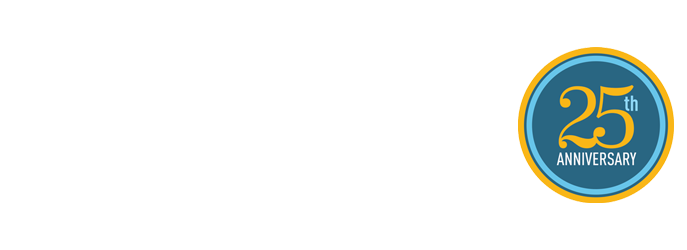
Challenging conventional wisdom, Sustainable Conservation has helped California build a thriving environment and economy by uniting – not dividing – diverse interests.
Did you ever have an idea that took fierce root in your mind? A germ of something big, at once unique and universal? Did you then share that idea with a friend, or two, to find they had been harboring the very same thought? In that moment of coincidence, did hope glint within you, revealing rich possibilities for change?
25 years ago, Sustainable Conservation bloomed forth from common ground between a small clutch of friends seeking to put their considerable business sense to work for the environment.
In 1993, a group of pals posed a radical question: what if protecting the environment could also be good for business?
Frank Boren, Tina Quinn, Dan Emmett – and fellow Sustainable Conservation co-founder Laura Hattendorf, who joined the organization soon after – knew the answer was a resounding YES. And that this YES was the basis for transformative solutions to the toughest challenges facing our Golden State’s land, air, and water.
Elkhorn Slough on California’s Central Coast was the perfect spot for our visionaries to begin unspooling their fresh approach to conservation. Frank, Tina, and Dan purchased 40 acres alongside throngs of wildlife nourished by the estuary and farms fueling the local economy. On three acres, the trio of savvy real estate developers built homes; on the other 37 acres, they established a conservation easement to protect the land in perpetuity and create a buffer zone for the slough’s fragile ecosystem.
Shortly thereafter, Elkhorn Slough served as the proving ground for one of Sustainable Conservation’s landmark efforts – accelerating restoration of critical wildlife habitat by partnering with state and federal agencies to simplify the permitting process for conservation projects. In that special setting, we successfully tested our now-patented approach of bringing together seemingly incompatible interests for environmental gain. In the case of the slough, that meant caring for fish and wildlife while keeping local farmland productive.
We were on our way.
Thanks to the help of our extraordinary network of donors, partners, and advisors, we pioneered “sustainable conservation” – meaning environmental solutions that endure because they make economic sense.
We’ve learned many lessons along the way, and are grateful for your support as we champion California’s national legacy of environmental leadership.
With trusted collaboration and sound science, anything is possible.
Even shifting the auto industry. Case in point: Sustainable Conservation’s Brake Pad Partnership, which established a state law that phases out copper in automobile brake pads – the primary source of a potent toxin in urban waterways. We did this by uniting brake manufacturers with environmental organizations and local government to study the science and agree upon a practical way to stop this pollutant at the source. The best part? Mutual respect accumulated over the 14 years of the partnership coalesced into a legislative solution that benefits all sides. Drivers still have safe, reliable brakes, cities save billions of dollars in potential environmental cleanup costs, and salmon have cleaner water in which to thrive.
If California is going to continue to feed the nation, we need to help farmers solve challenges around water supply, water quality, and air pollution.
Since 2000, we’ve partnered with Central Valley dairy farmers to reduce water and climate impacts related to this vital Golden State industry. Our work in the middle of the state inspired us to team up with coastal farmers – including folks who farm in the Salinas Valley, known as the “Salad Bowl of the World” – too. Since 2012, we’ve been connecting growers of the fresh berries and salad greens beloved by folks across the U.S. with techniques to conserve irrigation water and fertilizer, thereby protecting local aquifers from nitrate and seawater pollution.
In our state’s mosaic of private and public landowners, we have a tremendous resource for restoring health to contaminated waterways and struggling fish and wildlife.
Multi-generational farming and ranching families, and state parks and land trusts alike, can do a lot to restore California’s damaged natural landscapes and bring hundreds of imperiled species back from the brink of extinction. Our job is to make it easier for them to do so in all areas of the state.
California is one of the most diverse places in the world, but in one way we’re exactly the same: we all need water.
Water lies at the center of many problems plaguing our Golden State. And while we’ve always worked on water issues, it was imperative that we reprioritize all of our projects through this lens. This year, we did just that. From on-farm methods to replenish and improve the quality of our state’s most depleted, polluted aquifers, to making it easier for landowners to help reconnect river systems with their natural floodplains, our aim is to ensure California communities, farms, and wildlife all have access to clean, reliable, sufficient water.
While our network of partners and allies is a lot bigger these days, we remain grounded in the power of relationships to turn uncommon ideas into big impact. Today, our conservation solutions start with the same inquiry and synergy ignited by a group of friends over a quarter century ago. Together, we’ve turned a simple question into a unique brand of environmental problem-solving, and a powerful model for the rest of the world to follow.
SUSTAINABLE CONSERVATION
KEY MILESTONES: 1993-2018
-
1993 Sustainable Conservation officially launches, building off earlier work by Frank Boren, Tina Quinn, and Dan Emmett.
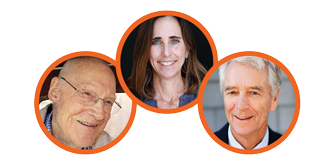
-
1994 Work continues on 37-acre Elkhorn Slough project that pairs real estate development with a conservation easement – proving that profit and environmental protection can indeed go hand in hand.
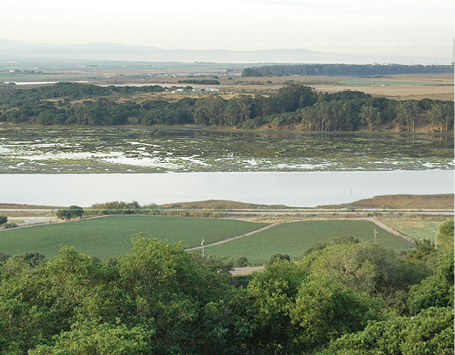
-
1996 Co-founder and Executive Director Laura Hattendorf, who joined Sustainable Conservation in 1993, helps convene the Brake Pad Partnership and initiates studies to fully understand the impact of brake pad copper on urban creeks and fish.
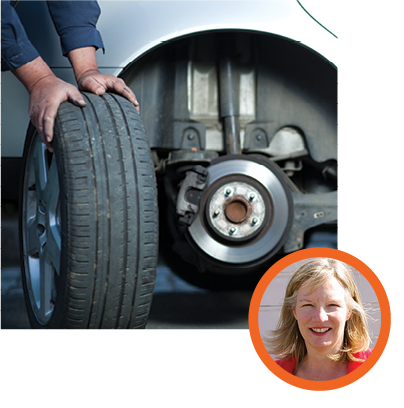
-
1997 Ashley Boren joins as Deputy Executive Director.
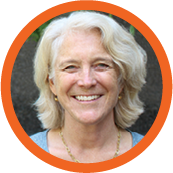
-
1998 Establish first simplified permitting program for habitat restoration and water quality improvement projects in the Elkhorn Slough watershed – the seed of our now statewide Accelerating Restoration program.
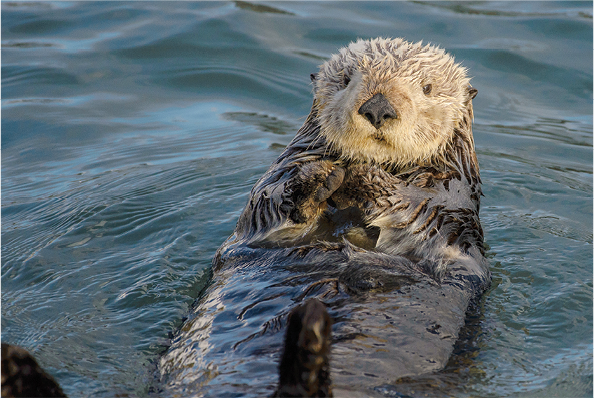
-
2000 Launch partnership with California’s dairy industry to promote methane digesters.
\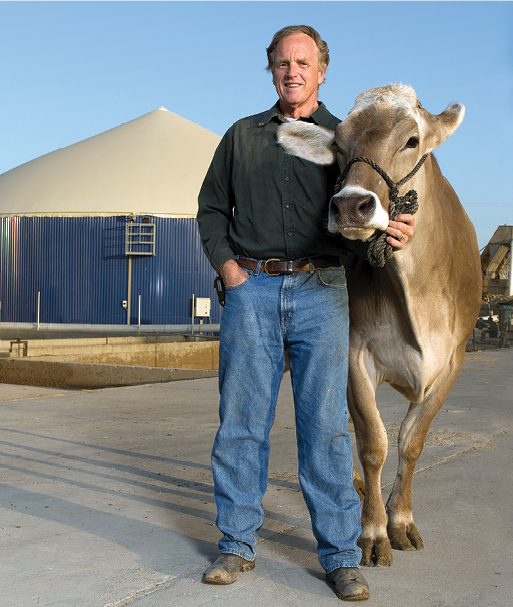
-
2002 Develop best-practices manuals, in English and Spanish, for auto recyclers to help keep toxic substances like mercury from harming waterways.
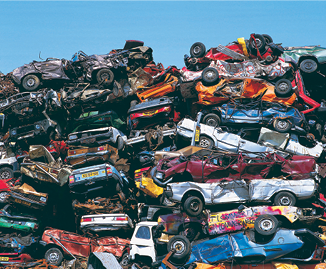
-
2003 Co-author a plan to guide the recovery of the imperiled tricolored blackbird in California.
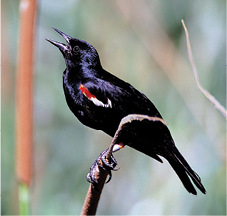
-
2005 Convene partnership of nursery trade, plant science, and conservation leaders to launch PlantRight program to stop the sale of invasive plants and protect our Golden State’s irreplaceable biodiversity.
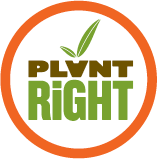
-
2006 Launch the Leopold Conservation Award in California in partnership with Sand County Foundation and the California Farm Bureau Federation.
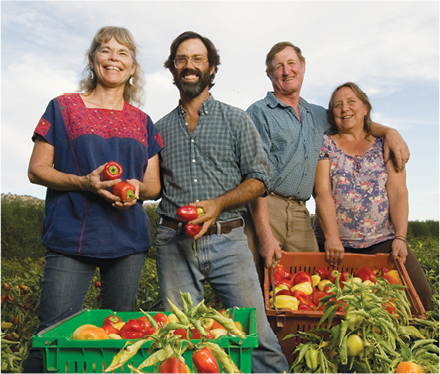
Conduct conservation tillage pilot project in Merced County to help farmers reduce dust and diesel emissions by up to 70% and 50%, respectively.
-
2007 Help develop the nation’s first zero-emission, cow-powered (biogas) truck.
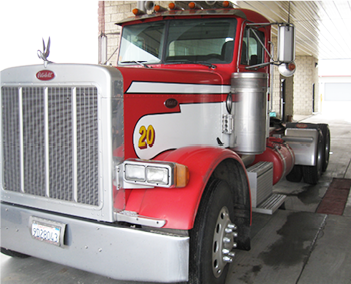
-
2008 Board Chair Russell Siegelman launches endowment campaign, to ensure financial stability of the organization, with a generous matching gift.
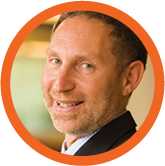
-
2010 Governor Schwarzenegger signs into law our Brake Pad Partnership legislation that phases out copper from vehicle brake pads to protect water quality and aquatic species – ultimately adding up to copper-free brakes for all of North America.
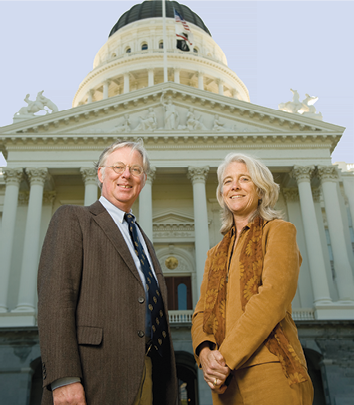
-
2011 With pioneering Fresno County farmer Don Cameron, test a unique method for replenishing aquifers: applying seasonal floodwater to farmland.
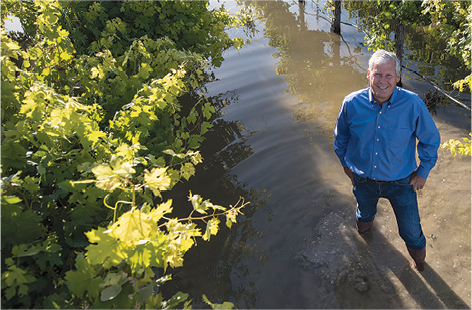
-
2012 Commence work with Pajaro and Salinas Valley berry and lettuce farmers and local conservation groups to protect coastal aquifers from seawater and fertilizer pollution.
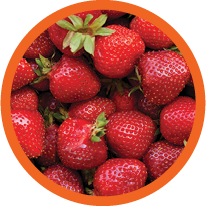
Launch Making Big Ideas Work, our first capital campaign to scale up our work.
-
2013 Partner with Netafim USA and De Jager Farms in the San Joaquin Valley to pilot a water-saving irrigation system that helps transform dairy waste into valuable fertilizer. Encouraging returns include growing 15% more crop with 50% less water.
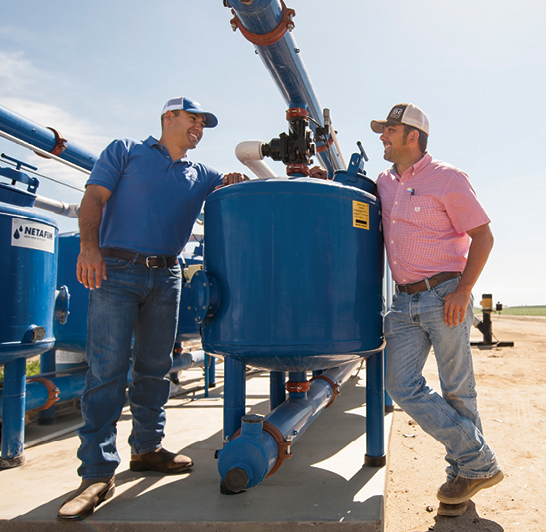
-
2014 Demonstrate the promise of a worm-based wastewater treatment system to help safeguard local drinking water from the polluting effects of cow manure.
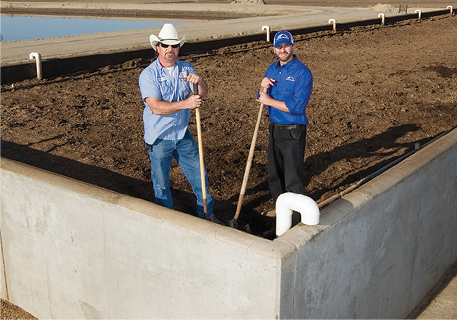
Governor Brown signs our Habit Restoration and Enhancement Act into law, accelerating habitat restoration projects across the state.
-
2016 Chris Buchbinder becomes Chair of our Board of Directors.
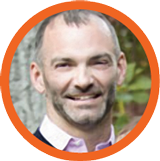
Achieve approval of simplified restoration permitting for the entire California coast with the National Oceanic and Atmospheric Administration (NOAA) Restoration Center and the California Coastal Commission.
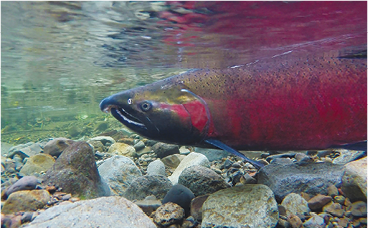
Launch online platform of the Plant Risk Evaluator (PRE™) with UC Davis. PRE helps the horticultural trade accurately predict a plant’s invasive risk in a specific region – and prevent bringing environmentally damaging plants to market.
-
2017 PlantRight confirms a major reduction in big-box stores selling invasive plants – from 43% of stores selling at least one invasive plant in 2014 to a mere 3% in 2017.
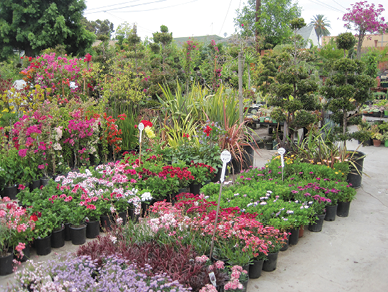
Develop the Groundwater Recharge Assessment Tool (GRAT™) in partnership with the Earth Genome, with real-world feedback from local irrigation districts. Thanks to our outreach, when the unprecedented rains of 2017 arrived, over 100 farmers replenished local aquifers with the equivalent of a year’s water supply for up to 14,000 families.
-
2018 Our Accelerating Restoration team’s work results in the National Marine Fisheries Service issuing a “pre-developed” permit for the entire Central Valley – meaning restoration projects can now move forward more quickly without sacrificing any environmental protections.
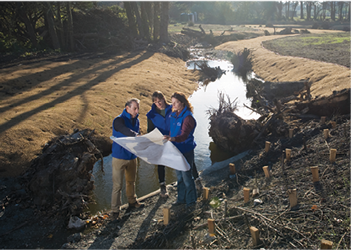
California is capturing water when it is plentiful during storm events and storing it underground for use during droughts when water in our rivers is scarce and needed for fish and wildlife.
Growers of specialty crops like berries and salad greens are using efficiency metrics for precise application of fertilizer and water to protect coastal aquifers from seawater and fertilizer pollution.
Simplified permitting tools and financial incentives spur a significant statewide increase in habitat restoration and improved water quality.
Manure from San Joaquin Valley dairies is put to beneficial use in economically viable ways that protect groundwater quality and reduce greenhouse gas emissions.